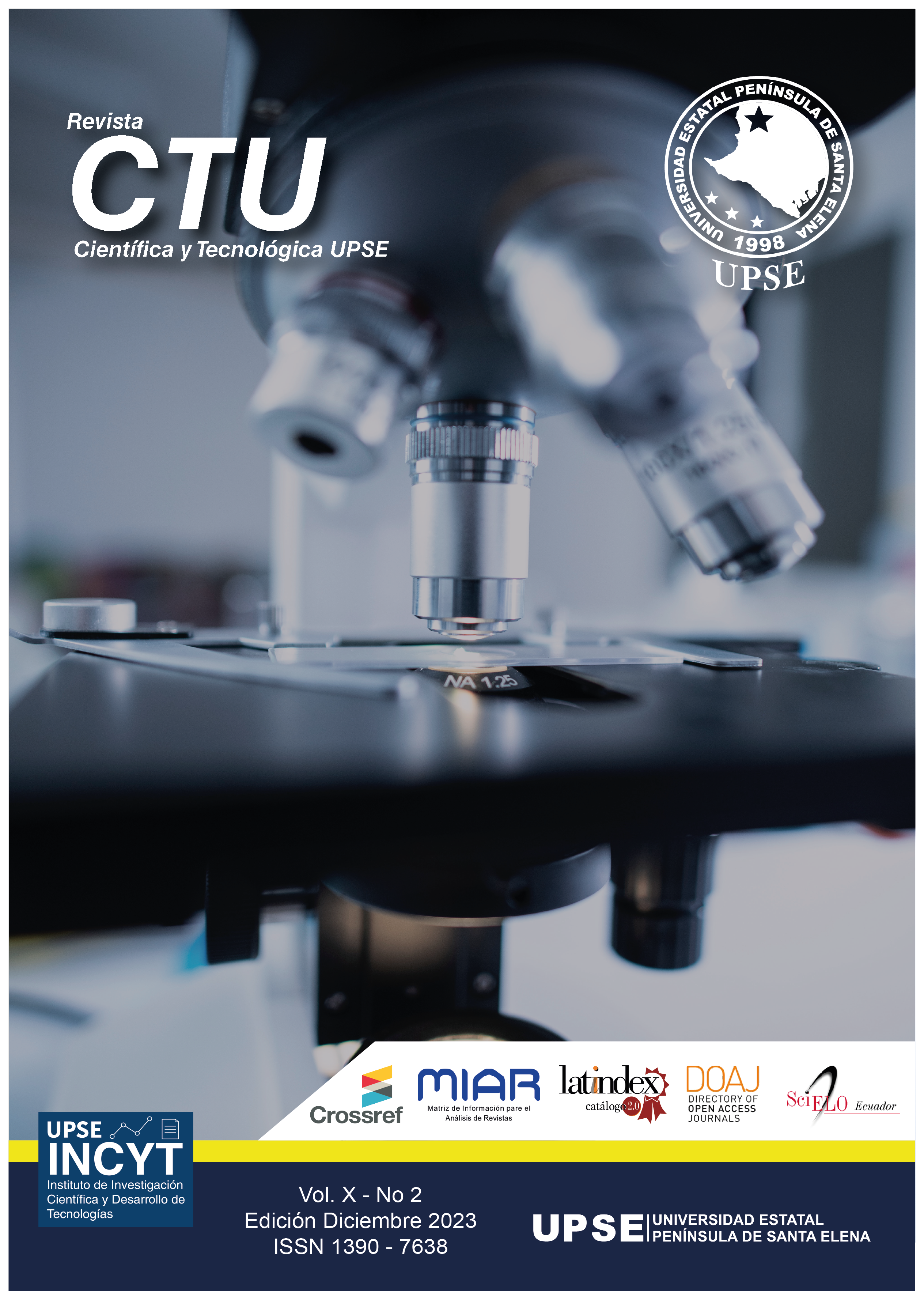Stabilization of activated sludge in a treatment plant using the Bokashi composting technique
DOI:
https://doi.org/10.26423/rctu.v10i2.743Keywords:
Wastewater, moisture, organic matter, microorganismsAbstract
Activated sludge generated by wastewater treatment plants contains high concentrations of pathogenic microorganisms and organic matter, posing a significant environmental challenge. The objective of this research was to achieve sludge stabilization using the Bokashi technique. A completely randomized design (CRD) was employed, comprising four treatments with four replicates each. Treatment 1 (T1) consisted of 35% sludge and 65% Bokashi, Treatment 2 (T2) included 45% sludge and 55% Bokashi, Treatment 3 (T3) comprised 55% sludge and 45% Bokashi, and Treatment 4 (T4) had 65% sludge and 35% Bokashi. Statistical analyses demonstrated that T3 yielded superior results for sludge stabilization, exhibiting optimal parameters, including a moisture content of 46.35%, carbon content of 42.73%, nitrogen content of 1.55%, a pH value of 6.4, and a stabilized temperature range of 30-31 ºC. These findings suggest the potential for efficient alternatives in stabilizing sludge from wastewater treatment plants, making it suitable for agricultural applications.Downloads
Downloads
Published
Issue
Section
License
El titular de los derechos de autor de la obra, otorga derechos de uso a los lectores mediante la licencia Creative Commons Atribución-NoComercial-CompartirIgual 4.0 Internacional. Esto permite el acceso gratuito inmediato a la obra y permite a cualquier usuario leer, descargar, copiar, distribuir, imprimir, buscar o vincular a los textos completos de los artículos, rastrearlos para su indexación, pasarlos como datos al software o usarlos para cualquier otro propósito legal.
Cuando la obra es aprobada y aceptada para su publicación, los autores conservan los derechos de autor sin restricciones, cediendo únicamente los derechos de reproducción, distribución para su explotación en formato de papel, así como en cualquier otro soporte magnético, óptico y digital.












